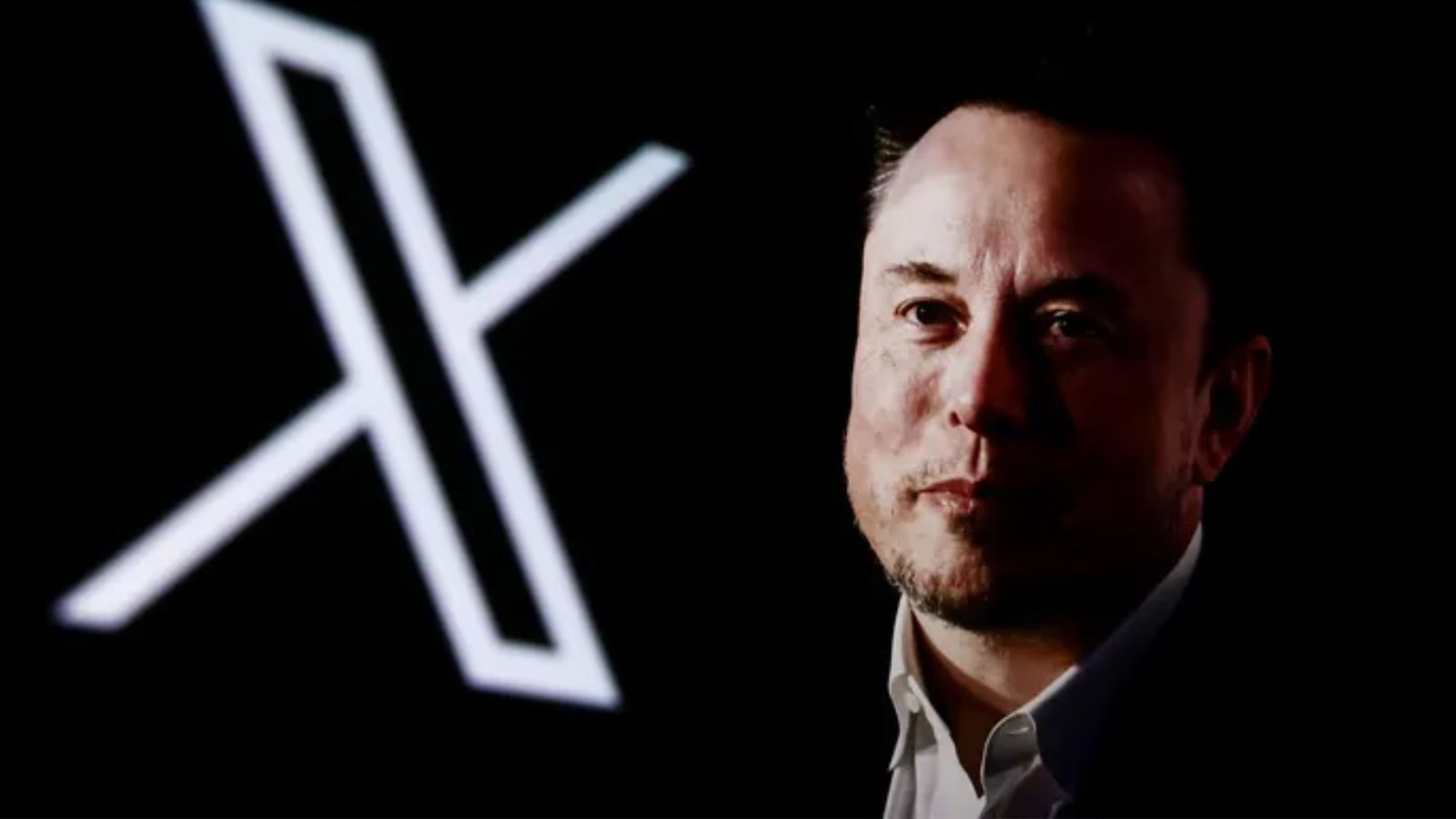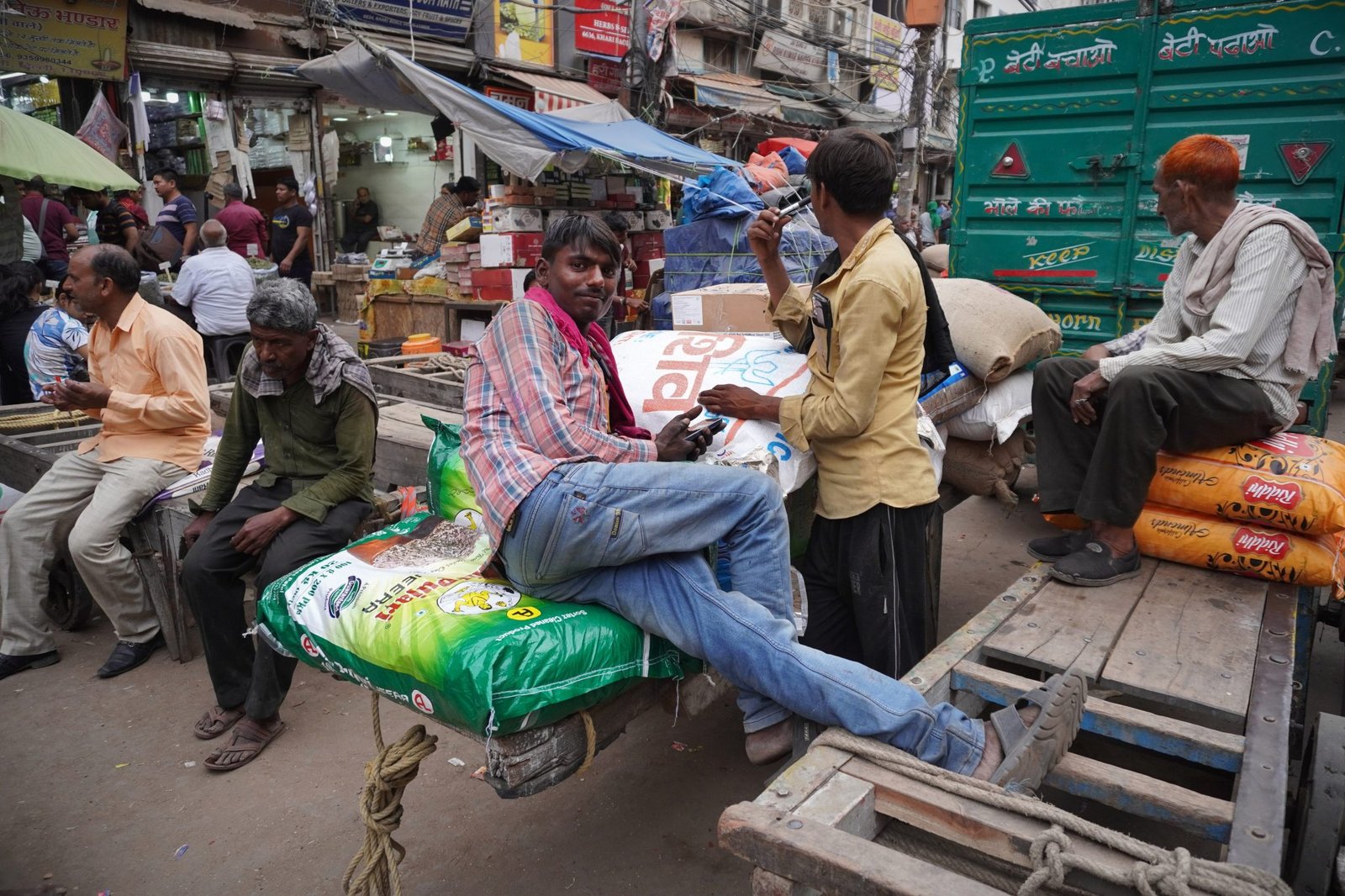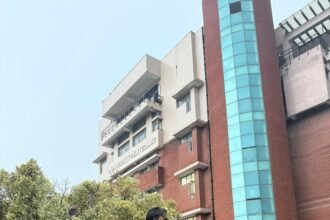On Thursday, March 28, the Center told the Karnataka High Court that it is “unfortunate” and “condemnable” that Elon Musk’s company, X, called the government’s Sahyog portal a “censorship portal.”
The Center refuted the allegations made by X Corp in its petition contesting India’s information-blocking regime in a thorough response that was filed with the court. The government’s use of Section 79(3)(b) of the Information Technology Act, 2000 (IT Act) to filter and order the removal of content from social media is being challenged by X in the High Court.
What is the ‘Sahyog’ portal?
Last year, the Union Home Ministry introduced the Sahyog platform in 2024 to speed up requests to block offensive information. The Indian Cyber Crime Coordination Centre (I4C) is in charge of maintaining it.
“Under Clause (b) of Sub-section (3) of Section 79 of the IT Act, 2000, the Sahyog portal was launched to expedite the process of sending notices to IT intermediaries by the appropriate government or its agency to facilitate the removal or disabling of access to any information, data, or communication link being used to commit an unlawful act,” Union Minister of State for Home Affairs Bandi Sanjay Kumar stated in a March 26 Rajya Sabha.
More than 3,962 Skype IDs and 83,668 WhatsApp accounts used for digital arrest were proactively found and blocked by I4C. According to police reports, the center barred 2,08,469 IMEIs and more than 7.81 lakh SIM cards until February 28, the minister stated.
In order to guarantee timely, coordinated action towards preserving a safe cyberspace in India, a senior officer who spoke to The Indian Express stated that the portal brought together the authorized agencies, IT intermediaries, and Internet service providers (ISPs) on a single platform. “In order to enable prompt responses to online violations, notices can now be issued directly by the authorized agencies or in accordance with court orders,” the officer stated.
Flagging objectionable content
A concerned, authorized center, state police, or law enforcement agency can report and block unwanted web content on the portal. “After they receive the allegedly objectionable content, the concerned request will be forwarded to the IT intermediaries or ISPs to block it.” However, if notifications are requested, they will be transmitted straight to the social media and IT intermediaries. According to an officer, notices pertaining to ISPs will be received by the Department of Technologies (DoT), which would then transmit them to the ISPs.
The officer added that a national dashboard will be used to display information of actions taken against IT intermediaries or ISPs to all parties involved. According to the officer, the IT intermediaries also have the choice to ask authorized authorities for more data or proof.
In December, the Delhi High Court, in its ruling for Shabana vs Govt of NCT Delhi, stressed the operationalisation of the Sahyog Portal to take down unlawful content under Section 79(3)(b) of the IT Act, 2000. Additionally, the Delhi High Court ordered IT intermediaries to onboard the Sahyog Portal and report the onboarding status at the following hearing.
Who is on board the Sahyog Portal?
15 IT intermediaries, including Josh, Quora, Telegram, Apple, Google, Amazon, You Tube, PI Data Center, and Sharechat, have joined the site thus far. 31 States and UTs have onboarded the Sahyog Portal and notified their officers in accordance with Section 79(3)(b) of the IT Act.
“At the moment, WhatsApp can block a number (account), channel, or group, whereas Google can restrict content from their Play Store app, Firebase domain, YouTube video, and Drive link/share.Microsoft will block the email ID, Skype ID, and OneDrive links, while Facebook and Instagram will prohibit the material, profiles, and advertising postings, according to an officer.






